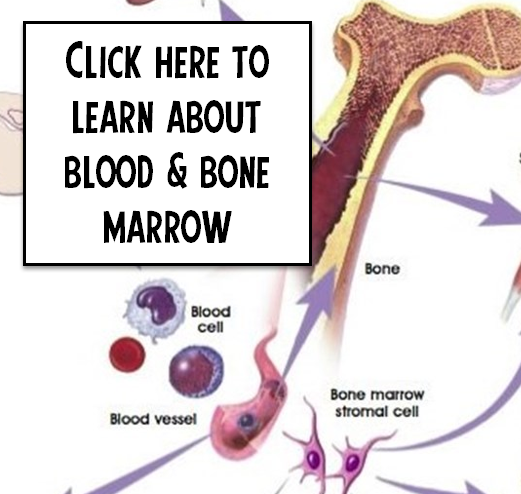Docs Tag: cancer
Retinoblastoma
What is retinoblastoma (RB)?
Retinoblastoma is a rare cancer of the eye that typically affects children between birth and five years of age. The incidence of RB is one in 15,000 live births, with about 23 children being affected in Canada each year. The retinoblastoma tumor(s) originate in the retina, the light sensitive layer of the eye that enables the eye to see. When the tumors are present in one eye, it is referred to as unilateral retinoblastoma, and when it occurs in both eyes it is referred to as bilateral retinoblastoma.
What are the signs and symptoms of retinoblastoma?
Parents are often the first to notice the signs and symptoms of retinoblastoma. The most common indicator of RB is whiteness reflected in the pupil of a baby’s eye, particularly noticeable when the pupil is dilated. This is known as leukocoria. One or both of the child’s eyes may turn inward or outward as a result of poor vision in the affected eye. Parents often describe this as lazy eye, crossed eyes, or a wandering eye. The medical name for this is strabismus. More rarely, a child’s RB may be indicated by redness and/or swelling of the eye(s).
Information taken from https://opto.ca/health-library/retinoblastoma



Osteosarcoma
What is childhood bone cancer?
Childhood bone cancer is a cancerous, or malignant, tumour that starts in bone or cartilage cells. Cancerous means that it can invade, or grow into, and destroy nearby tissue. It can also spread, or metastasize, to other parts of the body. When cancer starts in bone or cartilage cells, it is called primary bone cancer.
Childhood bone cancer is rare. Non-cancerous, or benign, conditions of the bone are more common. Non-cancerous conditions of the bone such as bone cysts, pathological fractures and even infections can have the same symptoms as a childhood bone cancer.
The most common type of bone cancer in children is osteosarcoma. It starts in bone cells and occurs most often during the adolescent growth spurt. It commonly starts in the end of a long bone.
Information taken from https://www.cancer.ca/en/cancer-information/cancer-type/bone-childhood/childhood-bone-cancer/?region=on
Osteosarcoma
Osteosarcoma is the most common type of bone cancer in children. Almost 50% of all childhood bone cancers are osteosarcomas. They occur most often during the second decade of life during the adolescent growth spurt. They most commonly occur at the sites of the most rapid growth in the end (called the metaphysis) of a long bone. This includes the thigh bone (femur) next to the knee, the shin bone (tibia) next to the knee and the upper arm bone (humerus) next to the shoulder.
Information taken from https://www.cancer.ca/en/cancer-information/cancer-type/bone-childhood/childhood-bone-cancer/types-of-bone-cancer/?region=on